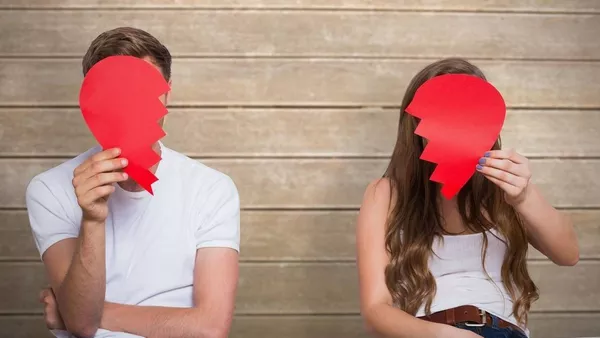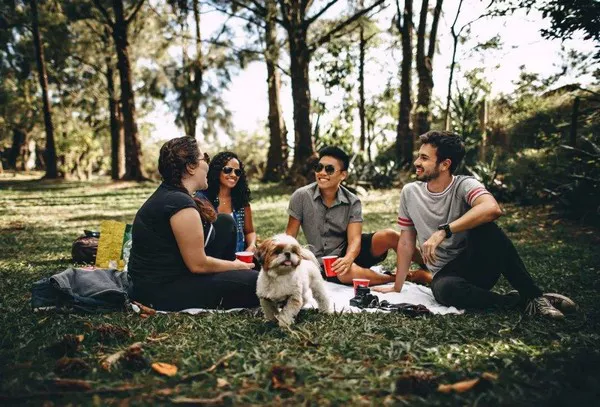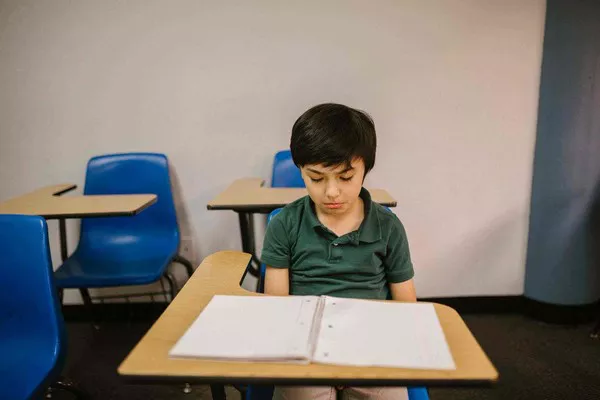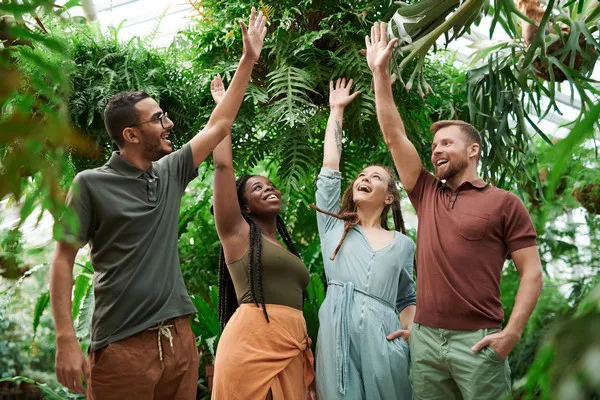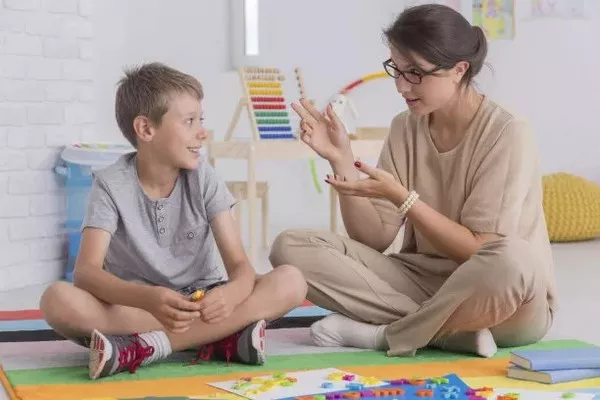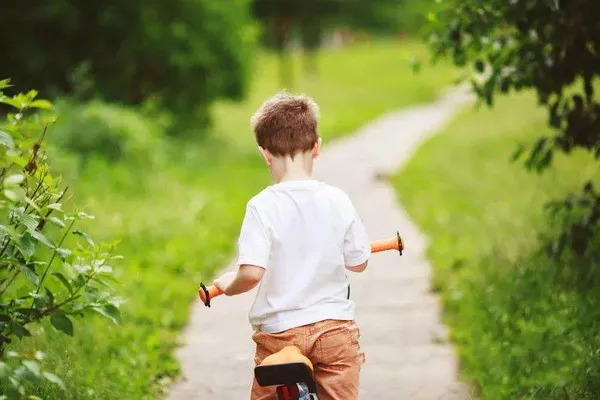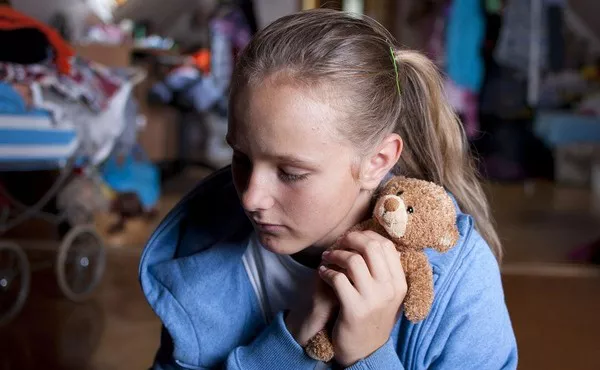The concept of falling in love with a best friend is a compelling and often discussed topic in psychology and popular culture. Many people find themselves grappling with the possibility of romantic feelings developing within the context of a deep and meaningful friendship. From the perspective of psychology, this phenomenon is rooted in complex emotional and cognitive processes that intertwine friendship and romantic attraction. In this article, we will explore the dynamics of friendship and romance, examining why and how best friends might fall in love, the factors that contribute to this transition, and the potential outcomes of such relationships.
Understanding the Dynamics of Friendship and Romance
To understand why best friends might end up falling in love, it is essential to explore the nature of both friendship and romantic relationships.
1. Defining Friendship and Romance
Friendship is characterized by mutual affection, trust, and a shared sense of understanding and support. Friends typically provide emotional support, companionship, and validation, which are fundamental to the well-being of both individuals. Romantic relationships, on the other hand, involve a deeper level of emotional and physical intimacy, including romantic attraction, desire, and a commitment to a future together.
While both types of relationships involve emotional closeness and connection, romantic relationships often include additional dimensions such as physical attraction and sexual desire. The transition from friendship to romance involves navigating these additional dimensions and redefining the nature of the relationship.
2. The Psychological Basis of Friendship and Attraction
Psychologically, friendships provide a foundation of emotional security and intimacy that can set the stage for romantic feelings. The development of romantic attraction often involves factors such as physical attraction, emotional connection, and shared values or interests. When these elements are already present in a friendship, it is possible for romantic feelings to emerge.
Research suggests that individuals are more likely to develop romantic feelings for someone with whom they have a strong emotional connection and shared experiences. The close bond formed through friendship can create a sense of familiarity and comfort that enhances the likelihood of romantic attraction.
Factors Contributing to Romantic Feelings in Friendships
Several factors contribute to the potential for romantic feelings to develop between best friends. Understanding these factors can provide insight into why and how this transition occurs.
1. Emotional Intimacy
Emotional intimacy is a key factor in both friendships and romantic relationships. In a close friendship, individuals share personal thoughts, feelings, and experiences, creating a deep sense of emotional connection. This level of intimacy can lay the groundwork for romantic attraction, as individuals may begin to see their friend in a new light, recognizing qualities that they find appealing or desirable.
2. Proximity and Frequency of Interaction
The frequency and proximity of interactions can influence the development of romantic feelings. Spending significant time together and engaging in shared activities can strengthen the emotional bond and increase the likelihood of romantic attraction. Research supports the idea that frequent exposure to someone, known as the mere exposure effect, can enhance feelings of affection and attraction.
3. Shared Values and Interests
Shared values, interests, and goals contribute to the strength of a friendship and can also play a role in romantic attraction. When individuals have similar values and interests, they may find themselves more compatible and aligned, which can enhance the potential for romantic feelings to develop. Commonalities in lifestyle, beliefs, and goals create a foundation for a deeper connection and understanding.
4. Physical Attraction
Physical attraction is a significant component of romantic relationships. While friendships are primarily based on emotional and social connection, physical attraction can play a role in the development of romantic feelings. If individuals in a friendship are attracted to each other physically, this attraction can contribute to the emergence of romantic feelings.
The Transition from Friendship to Romance
The transition from friendship to romance involves navigating several psychological and emotional processes. Understanding these processes can shed light on how best friends might fall in love and the challenges they may face.
1. Recognizing Romantic Feelings
The first step in the transition from friendship to romance is recognizing and acknowledging romantic feelings. This process involves self-awareness and reflection, as individuals may experience a shift in their feelings toward their friend. The recognition of romantic feelings can be both exciting and confusing, as it challenges the established dynamics of the friendship.
2. Evaluating the Potential for a Romantic Relationship
Once romantic feelings are recognized, individuals must evaluate the potential for a romantic relationship. This evaluation involves considering factors such as compatibility, shared goals, and the impact on the existing friendship. Individuals may weigh the potential benefits and risks of pursuing a romantic relationship and consider how it may affect their friend and their own emotional well-being.
3. Communicating Feelings
Effective communication is crucial when transitioning from friendship to romance. Sharing romantic feelings with a friend can be a vulnerable and challenging experience. It requires openness, honesty, and sensitivity to the friend’s feelings and reactions. Clear communication about intentions, expectations, and concerns can help navigate this transition and address any potential misunderstandings.
See Also: How Long is It Normal Before Saying “I Love You”?
4. Navigating the Change in Dynamics
If both individuals are open to exploring a romantic relationship, they must navigate the change in dynamics. The transition from friendship to romance involves redefining the relationship, establishing new boundaries, and integrating romantic elements into the existing bond. This process requires mutual understanding, adaptability, and a willingness to embrace the evolving nature of the relationship.
Potential Outcomes of Romantic Relationships with Best Friends
The outcomes of romantic relationships with best friends can vary, and each relationship is unique. Understanding the potential outcomes can provide insight into the complexities of transitioning from friendship to romance.
1. Positive Outcomes
In many cases, a romantic relationship with a best friend can lead to a fulfilling and successful partnership. The strong foundation of emotional intimacy, trust, and understanding that exists in a friendship can contribute to a deep and meaningful romantic relationship. The shared history and connection can enhance the overall quality of the relationship and create a strong sense of partnership and commitment.
2. Challenges and Risks
While romantic relationships with best friends can be rewarding, they also come with challenges and risks. One potential challenge is the risk of damaging the existing friendship if the romantic relationship does not work out. If the romantic relationship ends, it may be difficult to maintain the same level of friendship, and individuals may face emotional distress or loss.
Another challenge is navigating the complexities of transitioning from a non-romantic to a romantic relationship. This transition can bring about changes in expectations, dynamics, and communication patterns, which may require adjustments and compromise from both parties.
3. Impact on Social Circles
The transition from friendship to romance may also impact social circles and relationships with mutual friends. Changes in the nature of the relationship can affect how others perceive and interact with the couple. It is important for individuals to navigate these social dynamics with sensitivity and consideration for the impact on their social network.
4. Personal Growth and Development
Romantic relationships with best friends can offer opportunities for personal growth and development. The deep emotional connection and understanding that exist in a friendship can provide a strong foundation for exploring and evolving as a couple. This growth can enhance self-awareness, interpersonal skills, and overall relationship satisfaction.
Conclusion
The question of whether best friends end up falling in love is complex and multifaceted, involving a range of psychological, emotional, and relational factors. The nature of friendship provides a foundation for emotional intimacy and connection, which can set the stage for romantic feelings to develop. Factors such as emotional intimacy, proximity, shared values, and physical attraction contribute to the potential for romantic attraction within a friendship.
The transition from friendship to romance involves recognizing and acknowledging romantic feelings, evaluating the potential for a romantic relationship, and navigating the change in dynamics. While romantic relationships with best friends can lead to positive outcomes, including a fulfilling partnership and personal growth, they also come with challenges and risks. It is important for individuals to approach this transition with openness, communication, and sensitivity to the evolving nature of the relationship.
In summary, the value of a best friend extends beyond companionship, offering the potential for a deep and meaningful romantic relationship. By understanding the dynamics of friendship and romance, individuals can navigate the complexities of falling in love with a best friend and build a strong and fulfilling partnership.
Related topics:

